Coronavirus and Thyroid Disease: What you need to know
It was early December when a man reported experiencing fatigue, high fever, and dry cough – symptoms that initially pointed to the presence of the common cold or the flu. It did not take long for doctors to see that they had a new virus to deal with – one that was spreading at a fast rate and ending many people’s lives.
Lately, it seems that everybody is talking about the new COVID-19 and what a virus of this kind means for the human population. And most importantly, what does it mean for somebody that is already struggling with a weak immune system and what are their chances of fighting this virus?
Today, we are talking about one specific group of people that because of their weak immune system are facing a great risk when it comes to the new COVID-19 – we are talking about anyone who is dealing with a thyroid issue of any kind.
What do you need to know about the new COVID-19?
COVID-19 stands for coronavirus disease 2019 – a new disease caused by a coronavirus that affects the respiratory system and can even lead to death as previous cases have shown. The first case of COVID-19 was reported to happen in Wuhan, China, back in early December. It did not take long for this new disease to affect millions of people living in China.
OVID-19 continued spreading on other continents, and soon enough, it has spread all around the world. Italy, Spain, Korea, Japan, Norway, Sweden, and the Netherlands are only some of the high-risk countries where the disease has taken many lives and affected even more people causing mild to more serious symptoms.[i]
There are some similarities between the COVID-19, the common cold, and the flu. Because of these similarities, it took a long time to distinguish the difference between these three conditions. But what was even more frightening is the fact that people did not take these symptoms and the overall situation very seriously at first, causing the disease to spread at an even faster rate.[ii]
The characteristic symptoms of the new COVID-19 include dry cough, fever, and shortness of breath. Other symptoms such as headache, fatigue, sore throat, and body aches may or may not be present as well. It is thought that the virus spreads via cough droplets. It is also known that COVID-19 can survive on various surfaces, including metal, plastic, and glass, for up to nine days. That, in combination with the ability of the virus to spread at a fast rate, contributes to the continuously increasing number of new victims that we see each day around the world.
Currently, there is no specific treatment for the new COVID-19. Because it is a viral infection, antibiotics will not help. What has proven as helpful is lots of rest, over-the-counter painkillers, fluids, and self-isolation to prevent the virus from spreading. There are over 30 companies worldwide that are working on finding a vaccine that would protect people against this dangerous virus.
What are the most common thyroid issues?
The thyroid gland is a small, butterfly-shaped gland located at the front of the neck. It is a part of the endocrine system, being responsible for the production and release of two very important hormones – thyroxine (T4) and triiodothyronine (T3) which have an important role in many body functions such as regulating the metabolism, weight, energy levels, internal temperature, etc.
Unfortunately, there are a lot of things that can go wrong when it comes to such an important body organ. Four of these issues are more commonly seen than others, and the list includes hypothyroidism, hyperthyroidism, Hashimoto’s thyroiditis, and Graves’ disease.
In hypothyroidism, the thyroid gland fails to produce the necessary amounts of thyroid hormones – a condition also known as an underactive thyroid. This condition is often caused by Hashimoto’s thyroiditis, surgical removal of the thyroid gland, damage due to radiation treatment, etc. Characteristic symptoms that point out to the presence of hypothyroidism include fatigue, dry skin, unexplained weight gain, constipation, depression, etc. This condition is successfully controlled with the use of levothyroxine – a synthetic version of thyroxine (T3).[iii]
On the other hand, hyperthyroidism represents a condition in which the thyroid gland produces more thyroid hormones than needed, often referred to as overactive thyroid. The most common cause of hyperthyroidism is Graves’ disease.[iv] This condition causes symptoms such as diarrhea, anxiety, irritability, unexplained weight loss, racing heart, insomnia, etc. It is usually treated by using drugs, which aim to block the thyroid gland from further overproduction of the thyroid hormones.
Hashimoto’s thyroiditis is an autoimmune disease that characterizes with inflammation of the thyroid gland. It is the most common cause of hypothyroidism. Graves’ disease is also an autoimmune disease that caused the thyroid gland to overproduce thyroid hormones, thus leading to hyperthyroidism.
Who is most at risk for COVID-19?
Unfortunately, what we do know about the new COVID-19 so far is that there are certain so-called risk groups of people that need to be protected against this disease. The reason for that is that their immune system is already compromised, and if the COVID-19 attacked them, they would experience much more serious symptoms as compared to the healthy individuals, potentially experiencing even death.
The following groups of people are considered to be high-risk groups against the new COVID-19:
- Older people above the age of 65;
- Individuals struggling with a chronic disease (cancer, respiratory disease, cardiovascular disease, thyroid issues, HIV/AIDS, diabetes, etc.);
- Pregnant women.
How does thyroid disease increase the risk of COVID-19?
Having a thyroid issue increases your risk of developing seasonal flu, as compared to the general public. The reason for that is the often-weakened immune system that these patients have because of the nature of their disease itself. However, it is also because of the choice of medications that have been used to control that very same disease. Luckily, they are good candidates for the seasonal flu vaccine that they are encouraged to have before the season of flue begins.
These individuals also face an increased risk of the new COVID-19 as well. There is one difference, though – there is currently no vaccine that could be used to shield these patients from the dangers that the COVID-19 could potentially lead to. Once again, it is their weakened immune system that exposes them to the risk of contracting the new COVID-19.
It is the individuals with autoimmune diseases such as Hashimoto’s thyroiditis and Graves’ disease, which we mentioned earlier, that are exposed to the greatest risk of all. The reason for that is the fact that the presence of the disease itself, weakens the immune system. And when the immune system is weak, understandably, it will not be able to properly fight off any bacteria and viruses that it may encounter in everyday life, including something as devastating as the new COVID-19.
These patients are expected to develop more serious symptoms than the general public, which is why they are highly encouraged to pursue self-isolation at their own home, minimalizing the potential risk of being affected by this or any other infection.
Yet another highly risky group is the group of older people above the age of 65 who have a diagnosed thyroid issue. If you remember, we mentioned older people to also being exposed to a higher risk for COVID-19, but if they are also affected by a thyroid issue at the same time, one that would further damage and weakened their immune system, it will be highly possible for them to be affected by COVID-19 more severely.
However, the fact that these patients are struggling with a weakened immune system is not the only contributing factor to the already existing high risk of contracting the new COVID-19. The patients whose hyperthyroidism issues have been caused by an autoimmune disease such as Graves’ disease often receive immunosuppressants to weaken the immune system. By doing so, they are efficiently reducing their impact on the thyroid gland and improving the symptoms caused by the autoimmune disease. However, what is saving these patients’ lives is also increasing their risk of COVID-19 and exposing them to the horrible health risks that could happen because of it.[v]
One immunosuppressant though, is of special interest to researchers around the world. Actemra is an immunosuppressant drug used to treat common autoimmune diseases such as rheumatoid arthritis and systematic juvenile idiopathic arthritis, among others.[vi] Lately, this specific immunosuppressant has been thought of as helpful in the treatment of the symptoms caused by COVID-19.
Although Actemra will not directly kill the new coronavirus, it will act as an inhibitor of a specific interleukin – IL-6, which is a proinflammatory cytokine. The scientists at the University of Science and Technology of China have already planned a clinical trial to take place soon, according to the Chinese Clinical Trial Registry.[vii] During this clinical trial, they will test the efficiency of Actemra against the COVID-19 in a study that will include 188 patients, half of who will receive the drug. Now there is nothing else left to do but to wait and see if we will finally have a promising and effective fighting strategy when it comes to the new COVID-19.
How to protect yourself against COVID-19
As we are awaiting the new vaccine to hit the market and even potentially a cure for the new COVID-19, we are left with nothing but the prevention methods that we are all encouraged to peruse at times like these. Prevention is the key, and we should all play our part in the battle and protect ourselves properly. The high-risk groups are the ones that should prevent coming in contact with this dangerous disease.
There are many prevention techniques that you can peruse, and that has proven to be effective. Here is a list of prevention techniques that we highly recommend perusing:
- Avoid any unnecessary traveling to the high-risk countries;
- Get tested if you have been traveling to any high-risk country or came in contact with anyone who has tested positive for COVID-19;
- Peruse self-isolation at your own home;
- Use hand sanitizer with at least 60% alcohol, surgical mask, and gloves whenever you go outside;
- Wash your hands frequently using water and soap;
- Avoid any crowded places such as restaurants, cinemas, sports events, etc.;
- Avoid touching your face, mouth, eyes, and nose.
Conclusion
As of April 11, there have been over a million cases of COVID-19, over 100,000 of which have ended with death. From young children, pregnant women, to adults – it seems that nobody is spared of the new COVID-19. One thing is sure, though – with each new case, we keep learning something new about the virus itself.
And so, so far, we know enough to determine which groups of people are marked as risky. One of those very same groups is anyone who has a diagnosed thyroid issue and/or receiving immunosuppressant therapy to treat it.
This, of course, is not meant to raise panic among people, but to raise awareness that will save our lives and prevent the virus from spreading even further.
References
[i] “Coronavirus Disease (COVID-19) - Events as They Happen.” World Health Organization, World Health Organization
Retrieved from www.who.int/emergencies/diseases/novel-coronavirus-2019/events-as-they-happen
[ii] Cheng, Allen C, and Deborah A, Williamson. "An Outbreak of COVID ‐19 Caused by a New Coronavirus: What We Know So Far." Medical Journal of Australia, Aug. 2020, doi:10.5694/mja2.50530.
Retrieved from https://www.mja.com.au/journal/2020/212/10/outbreak-covid-19-caused-new-coronavirus-what-we-know-so-far
[iii] Islam, Md Imtiajul, et al. “Hypothyroidism - A New View On An Old Disease.” KYAMC Journal, vol. 7, no. 1, 2017, pp. 707–713., doi:10.3329/kyamcj.v7i1.33764.
Retrieved from https://www.banglajol.info/index.php/KYAMCJ/article/view/33764
[iv] Livolsi, Virginia A., and Zubair W. Baloch. “The Pathology of Hyperthyroidism.” Frontiers in Endocrinology, vol. 9, Mar. 2018, doi:10.3389/fendo.2018.00737.
Retrieved from https://www.ncbi.nlm.nih.gov/pmc/articles/PMC6286962/
[v] Mccune, W. Joseph, and Tania Gonzalez-Rivera. “Immunosuppressive Drug Therapy.” Dubois Lupus Erythematosus and Related Syndromes, 2013, pp. 609–625., doi:10.1016/b978-1-4377-1893-5.00050-9.
Retrieved from https://www.ncbi.nlm.nih.gov/pmc/articles/PMC3753725/
[vi] Sheppard, Martin, et al. “Tocilizumab (Actemra).” Human Vaccines & Immunotherapeutics, vol. 13, no. 9, 2017, pp. 1972–1988., doi:10.1080/21645515.2017.1316909.
Retrieved from https://www.ncbi.nlm.nih.gov/pubmed/28841363
[vii] “世界卫生组织国际临床试验注册平台一级注册机构.” 中国临床试验注册中心
Retrieved from www.chictr.org.cn/showproj.aspx?proj=49409
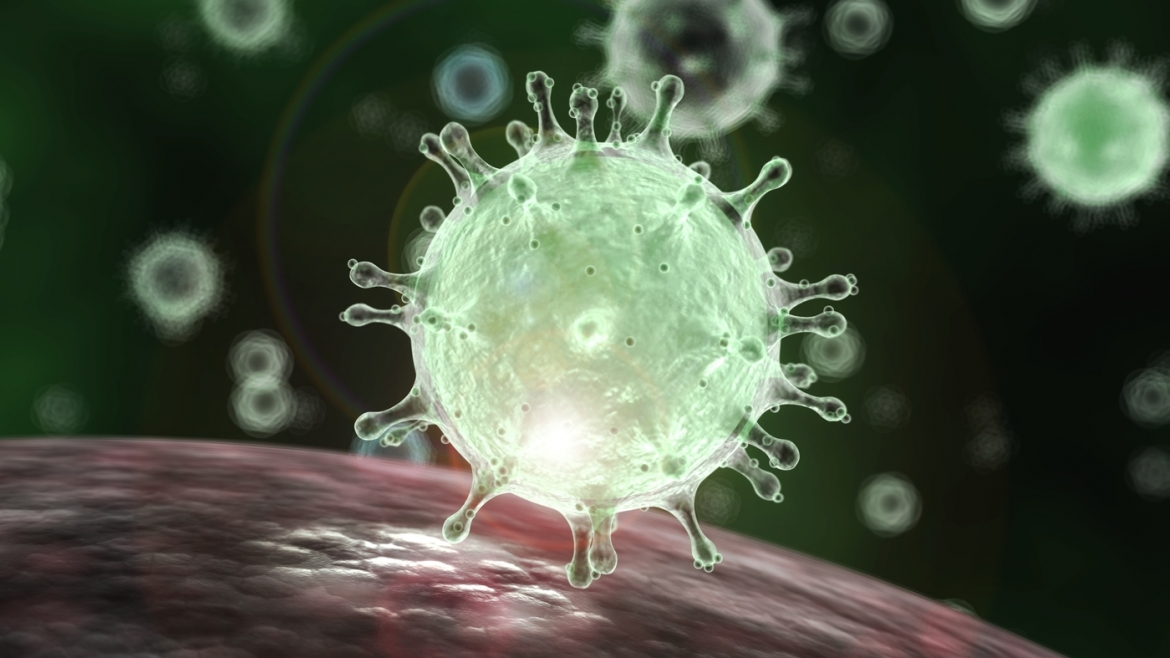



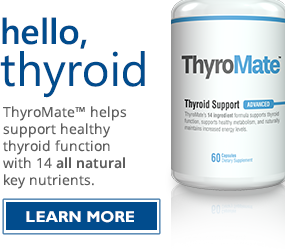

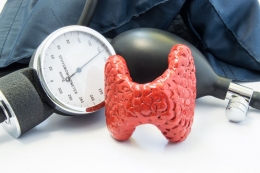
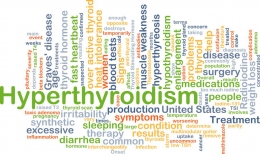
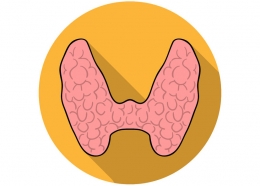

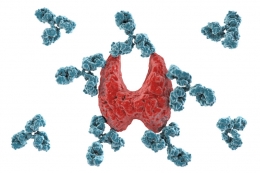


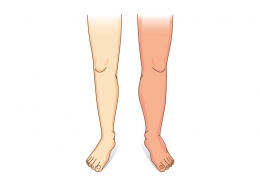















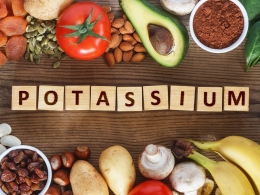
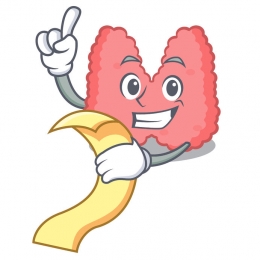

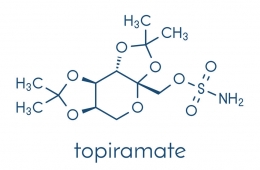

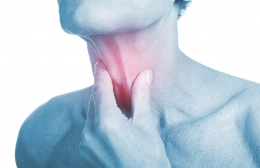
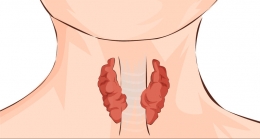
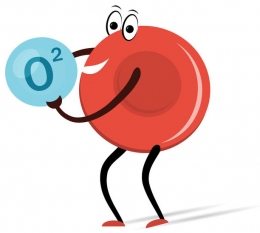


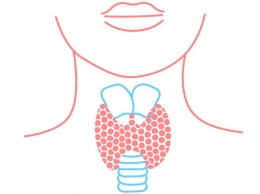





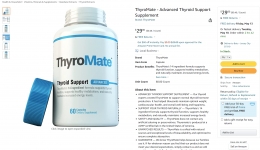



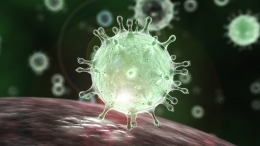
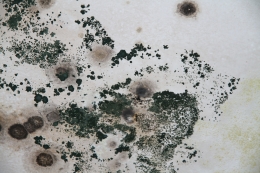
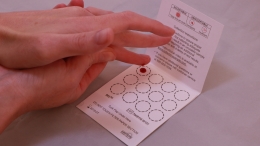



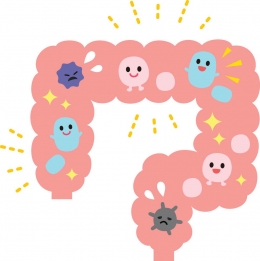




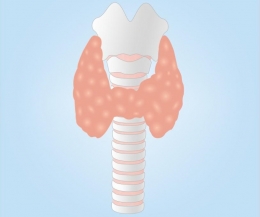
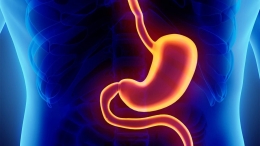
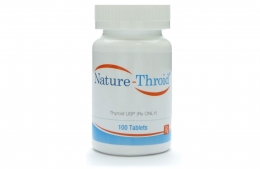


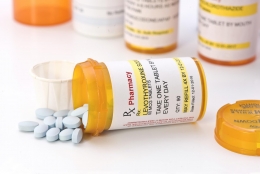



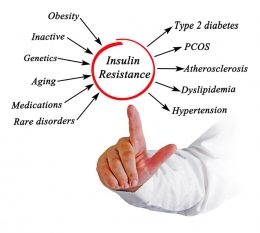
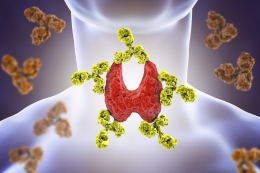

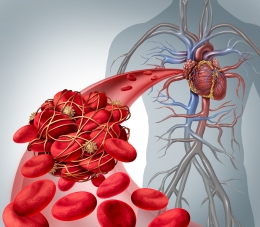
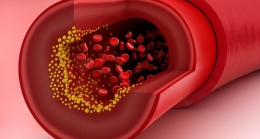


Leave a comment